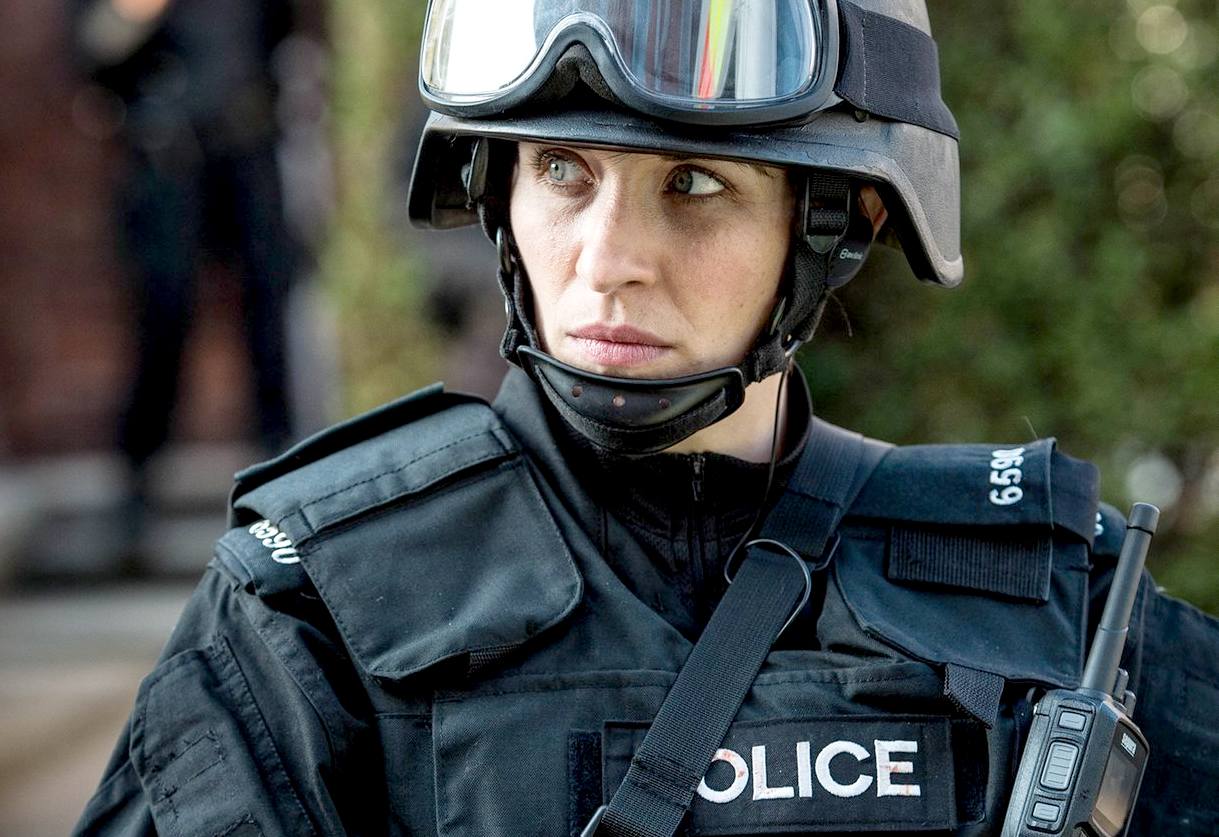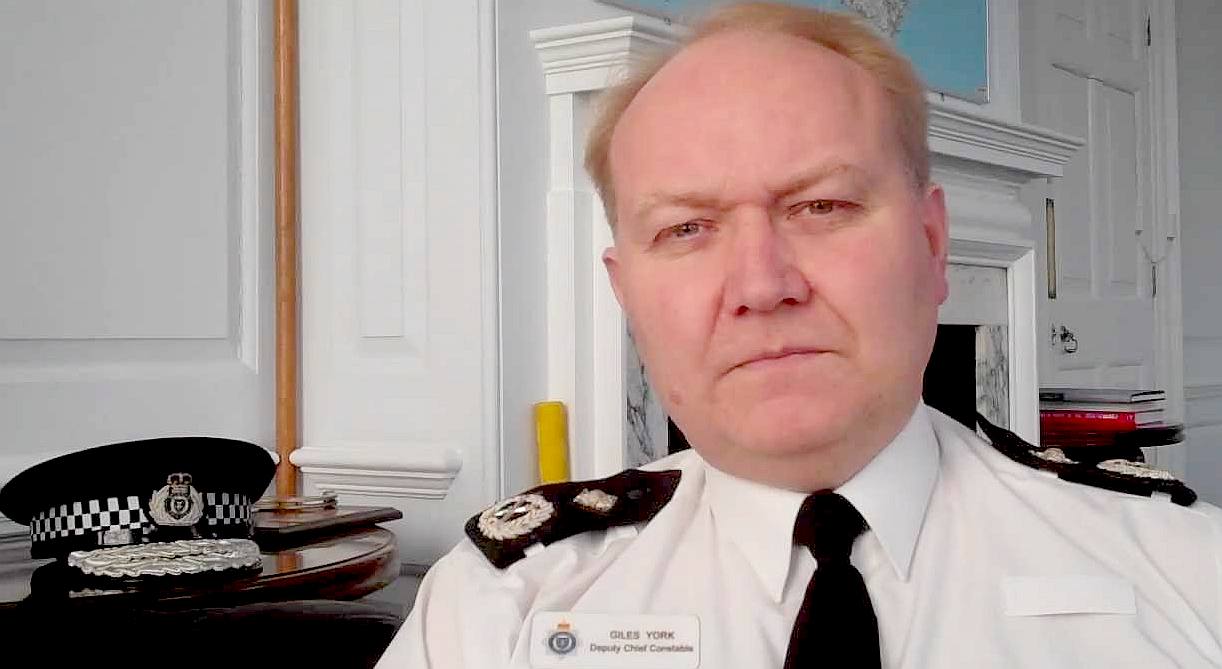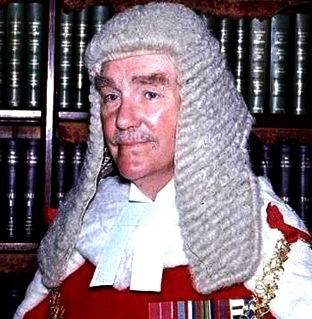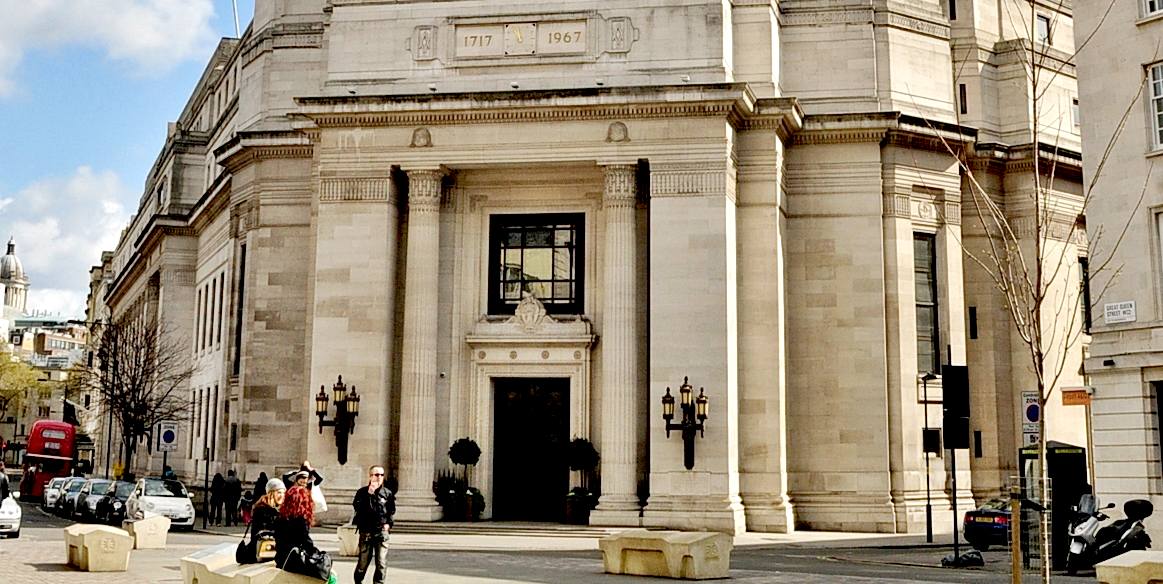|

BROTHERHOOD
- Police officers band together to protect each other and their chums in
other local authorities. But, every once in a while a whistleblower or
other turn of events reveals that there is corruption and that there has
been a cover
up.
The Police Act 1996 (c 16) is an Act of the Parliament of the United Kingdom which defined the current police areas in England and Wales, constituted the current police authorities for those areas, and set out the relationship between the Home Secretary and the English and Welsh territorial police forces. It replaced the Police and Magistrates' Courts Act 1994, which in turn had replaced the Police Act 1964.
Part I Organisation of Police Forces
Sections 1 to 35 concern the national and regional organisation of the police force, with slightly differently applicable rules inside and outside London.
Part II Central Supervision, Direction and Facilities
Sections 36 to 58 concern the functions of the Secretary of State in setting the Police force's objectives, handling budgets, and making more detailed regulations.
Part III Police Representative Institutions
Sections 59 to 64 concern the Police Federation of England and Wales and related rules. Section 64 contains the prohibition (in place since the Police Act 1919) on police becoming members of a trade union which can take strike action, under the Trade Union and Labour Relations (Consolidation) Act 1992.
The Police Federation was thought to be a substitute, given the potential for civil unrest that might develop if police stopped working to go on strike. This was thought to make the police exceptional, and as an alternative, a system of arbitration to resolve workplace disputes was instituted. The constitution of the Police Federation is set out in the amended Police Federation Regulations 1969.
Part IV Complaints, disciplinary proceedings etc.
Sections 65 to 88 concern the rules of the Police Complaints Authority, handling complaints made against the police, and procedures for disciplinary hearings and dismissal of officers.
Part V Miscellaneous and General
Section 89(1) creates the offence of assaulting a constable in the execution of his duty. On 13th September 2018, the Emergency Workers (Offences) Act 2018 received Royal Assent.
This added a subsection which states any common assault and/or battery on an emergency services worker is also now indictable and therefore subject to a maximum of 12 months if tried on indictment.
POLICE
ACT 1996 - Part I Organisation of Police Forces
Police areas
1. Police
areas.
Forces outside London
2. Maintenance of police
forces.
3. Establishment of police
authorities.
4. Membership of police authorities
etc.
5. Reductions in size of police
authorities.
The metropolitan police force
5A. Maintenance of the metropolitan police force.
5B. Establishment of the Metropolitan Police Authority.
5C. Membership etc of the Metropolitan Police Authority.
The metropolitan police and forces outside London
6. General functions of police authorities.
6ZA.Power to confer particular functions on police authorities
6A. Three-year strategy plans
7. Local policing objectives.
8. Local policing plans.
8A.Local policing summaries
9. Annual reports by police authorities.
9A. General functions of the Commissioner of Police of the Metropolis.
9B. Appointment of Commissioner of Police of the Metropolis.
9C. Functions of Deputy Commissioner of Police of the Metropolis.
9D. Appointment of Deputy Commissioner of Police of the Metropolis.
9E. Removal of Commissioner or Deputy Commissioner.
9F. Assistant Commissioners of Police of the Metropolis.
9FA. Appointment and removal of Deputy Assistant Commissioners
9G. Commanders.
9H. Other members of the metropolitan police force.
10. General functions of chief constables.
11. Appointment and removal of chief
constables.
11A. Appointment and removal of deputy chief constables
12. Assistant chief constables.
12A. Power of deputy to exercise functions of chief constable
13. Other members of police forces.
14. Police fund.
15. Civilian employees.
16. Appointment of clerk.
17. Appointment of persons not employed by police authorities.
18. Supply of goods and
services.
19. Approval of decisions about precepts.
20. Questions on police matters at council meetings.
20A. Questions on metropolitan police matters at London Assembly meetings.
21. Application of certain provisions to police authorities.
General provisions
22. Reports by chief constables to police authorities.
23. Collaboration
agreements.
24. Aid of one police force by
another.
25. Provision of special services.
26. Provision of advice and assistance to international organisations etc.
27. Special constables.
28. Police cadets.
29. Attestation of constables.
30. Jurisdiction of constables.
31. Rewards for diligence.
Alteration of police areas
32. Power to alter police areas by order.
33. Objections to alterations proposed by Secretary of State.
34. Orders altering police areas: supplementary provisions.
Supplemental
35. The Scilly Isles.

Giles
York is the chief constable of Sussex
Police ....... taking over from a long chain of chief constables,
including Paul Whitehouse, who was finally
forced to resign after the Home Secretary insisted that he should
go following the shooting of Jimmy Ashley
by PC Chris
Sherwood, and the cover up that ensued. But there are other cases of
malicious prosecutions outstanding, where bias is demonstrable, but
where so far the perpetrators have yet to face justice.
Part II Central Supervision, Direction and Facilities
Functions of Secretary of State
36. General duty of Secretary of
State.
36A. National Policing Plan
37. Setting of objectives for police authorities.
37A.Setting of strategic priorities for police authorities
38. Setting of performance targets.
39. Codes of
practice.
39A. Codes of practice for chief officers
40. Power to give directions to a police authority
41. Directions as to minimum budget.
41A. Power to give directions as to action plans
41B. Procedure for directions under section 41A
42. Removal of chief
constables, etc.
42A. Procedure in relation to removal of senior officers
43. Reports from police authorities.
44. Reports from chief constables.
45. Criminal statistics.
46. Police grant.
47. Grants for capital expenditure.
48. Grants for expenditure on safeguarding national security.
49. Local inquiries.
50. Regulations for police forces.
51. Regulations for special constables.
52. Regulations for police cadets.
53. Regulations as to standard of equipment.
53A. Regulation of procedures and practices
Inspectors of constabulary
54. Appointment and functions of inspectors of constabulary.
55. Publication of reports.
56. Assistant inspectors and staff officers.
Central services
57. Common services.
58. Research.
Part III Police Representative Institutions
59. Police Federations.
60. Regulations for Police Federations.
61. The Police Negotiating Board for the United Kingdom.
62. Functions of the Board with respect to regulations.
63. Police Advisory Boards for England and Wales and for Scotland.
64. Membership of trade unions.
Part IV Complaints, disciplinary proceedings etc.
Chapter I Complaints
Interpretation
65. Interpretation of Chapter I.
The Police Complaints Authority
66.The Police Complaints
Authority.
Handling of Complaints etc.
67. Preliminary.
68. Investigation of
complaints: senior officers.
69. Investigation of
complaints: standard procedure.
70. References of complaints to Authority.
71. References of other matters to Authority.
72. Supervision of investigations by Authority.
73. Reports on investigations etc.
74. Steps to be taken after investigation: senior officers.
75. Steps to be taken after investigation: standard procedure.
76. Powers of Authority as to disciplinary proceedings.
77. Information as to the manner of dealing with complaints etc.
78. Constabularies maintained by authorities other than police authorities.
79. Reports.
80. Restriction on disclosure of information.
81. Regulations.
82. Regulations – supplementary.
83. Guidance concerning complaints etc.
Chapter II Disciplinary and other proceedings
84. Representation at disciplinary and other proceedings.
85. Appeals against dismissal etc.
86. Admissibility of statements in subsequent proceedings.
87. Guidance concerning disciplinary proceedings etc.
88. Liability for wrongful acts of constables.
Part V Miscellaneous and General
Offences
89. Assaults on constables.
90. Impersonation, etc.
91. Causing disaffection.
Miscellaneous financial provisions
92. Grants by local
authorities.
93. Acceptance of gifts and loans.
94. Financing of new police authorities.
95.The City of London police Fund.
Miscellaneous
96. Arrangements for obtaining the views of the community on policing.
96A. National and international functions of the metropolitan police.
96B. National and international functions: application of requirements relating to reports etc.
97. Police officers engaged on service outside their force.
98. Cross-border aid of one police force by another.
99. Jurisdiction of metropolitan police officers.
100. Chief constables affected by police area alterations or local government reorganisations.
Supplemental
101. Interpretation.
102. Orders, rules and regulations.
103. Consequential amendments, transitional provisions, repeals, etc.
104. Commencement.
105. Extent.
106. Short title.
SCHEDULES
SCHEDULE 1
Police areas
SCHEDULE 2
Police authorities established under section 3
SCHEDULE 2A
The Metropolitan police authority
SCHEDULE 3
Police authorities: selection of independent members
SCHEDULE 3A
Police authorities: selection of lay justice members
SCHEDULE 4
Form of Declaration
SCHEDULE 5
The Police Complaints Authority
SCHEDULE 6
Appeals to police appeals tribunals
SCHEDULE 7
Consequential amendments
SCHEDULE 8
Transitional provisions, savings etc.
SCHEDULE 9
Repeals and revocations
TABLE OF DERIVATIONS
AIDING
AND ABETTING
'Aiding and abetting' is a legal doctrine related to the guilt of someone who
aids or abets in the commission of a crime. It exists in a number of different countries and generally allows a court to pronounce someone guilty for
aiding and
abetting in a
crime even if they are not the principal offender.
In civil terms regarding damages, this is termed vicarious liability.
The
Magistrates' Courts Act 1980 (c. 43) is an Act of the
Parliament of the
United
Kingdom. It is a consolidation Act:
An Act to consolidate certain enactments relating to the jurisdiction of, and the practice and procedure before, magistrates’ courts and the functions of justices’ clerks, and to matters connected therewith, with amendments to give effect to recommendations of the Law Commission.
Section 1 of the Act empowers a justice of the peace to issue a summons or
arrest warrant alleging the
commission of a crime against an
identifiable
person.
SUMMARY
OFFENCES
In the Accessories
and Abettors Act of 1861, the crime does not apply to summary offences, but section 44 (1) of the Magistrates' Courts Act 1980 is to the like effect:
"A person who aids, abets, counsels or procures the commission by another person of a summary offence shall be guilty of the like offence...
"

In the United
Kingdom, The 'Accessories and Abettors Act 1861' provides that an accessory to an indictable offence shall be treated in the same way as if he had actually
committed the offence
himself or herself. Section 8 of the Act, as amended, reads:
"Whosoever shall aid, abet, counsel, or procure the commission of any indictable offence, whether the same be an offence at common law or by virtue of any Act passed or to be passed, shall be liable to be tried, indicted, and punished as a principal offender."
CASE LAW
....

ALL
SEEING EYE - Seen as an elite club for business and other ambition,
the Masons do a lot of good. Unfortunately, like any institution, this
brotherhood will contain members that err on the wrong side of the law.
It is those members that bring the majority of honest members into
disrepute.
Freemasonry, as it exists in various forms all over the world, has a membership estimated by the United Grand Lodge of England at around six million worldwide. The fraternity is administratively organised into independent Grand Lodges (or sometimes Grand Orients), each of which governs its own Masonic jurisdiction, which consists of subordinate (or constituent) Lodges. The largest single jurisdiction, in terms of membership, is the United Grand Lodge of
England (with a membership estimated at around a quarter million). The Grand Lodge of
Scotland and Grand Lodge of
Ireland (taken together) have approximately 150,000 members. In the
United States total membership is just under two million.
LINKS
& REFERENCE
Sussex
Masons
Government
publications 2010 to 2015 government policy local council transparency
and accountability
2010
to 2015 Government policy local council transparency and accountability
Government
policies local council transparency and accountability
Government
news guidance to help councillors with new transparency agenda
https://en.wikipedia.org/wiki/Police_Act_1996
https://en.wikipedia.org/wiki/Accessories_and_Abettors_Act_1861
http://www.legislation.gov.uk/ukpga/Vict/24-25/94/section/8
http://www.legislation.gov.uk/ukpga/Vict/24-25/94/contents/enacted
https://www.gov.uk/government/policies/local-council-transparency-and-accountability
https://www.gov.uk/government/news/new-guidance-to-help-councillors-with-new-transparency-agenda
https://www.gov.uk/government/publications/2010-to-2015-government-policy-local-council-transparency-and-accountability
https://en.wikipedia.org/wiki/Knights_Templar
https://en.wikipedia.org/wiki/Freemasonry
http://www.sussexmasons.org.uk/
http://twitter.com/JaspJackson
HERSTMONCEUX
& PARISH COUNCIL
CONTACTS
COUNCIL
MEMBERS SITTING ON - AREA PLANS SOUTH 2015
Andrew
Long - (no email address)
David
White - cllr.david.white@wealden.gov.uk
Diane
Dear - cllr.dianne.dear@wealden.gov.uk
Charles
Peck - cllr.charles.peck@wealden.gov.uk
Chris
Hardy - cllr.chris.hardy@wealden.gov.uk
Chris
Triandafyllou - cllr.chriss.triandafyllou@wealden.gov.uk
Daniel
Shing - daniel.shing@wealden.gov.uk
Dick
Angel - cllr.dick.angel@wealden.gov.uk
Barby
Dashwood-Morris - cllr.barby.dashwood-morris@wealden.gov.uk
Barry
Marlowe - cllr.barry.marlowe@wealden.gov.uk
Bill
Bentley - cllr.bill.bentley@eastsussex.gov.uk
John
Blake - cllr.john.blake@wealden.gov.uk
Lin
Clark - cllr.lin.clark@wealden.gov.uk
Nigel
Coltman - cllr.nigel.coltman@wealden.gov.uk
Nigel
McKeeman - cllr.nigel.mckeeman@wealden.gov.uk
Raymond
Cade - cllr.raymond.cade@wealden.gov.uk
Robert
Standley -
Ron
Cussons - cllr.ron.cussons@wealden.gov.uk
Stephen
Harms - cllr.steve.harms@wealden.gov.uk
Stephen
Shing - cllr.stephen.shing@wealden.gov.uk
Susan
Stedman - cllr.susan.stedman@wealden.gov.uk
SUSSEX POLICE OFFICERS
Aran
Boyt
Joe
Edwards
Giles
York
Gordon
Staker
Kara
Tombling
Ken
Jones
Paul
Whitehouse
Robert
Lovell
Sarah
Jane Gallagher

THIS
SITE CONTAINS MANY EXAMPLES OF COUNCIL'S CRIMINAL BEHAVIOUR - With
thanks to Action Groups across the country for the supply of real case
history and supporting documents. *THAT THE PUBLIC MAY KNOW*
Vicarage Lane, Hailsham,
East Sussex, BN27 2AX T: 01323 443322
Pine Grove, Crowborough, East Sussex, TN6 1DH T: 01892
653311
http://www.wealden.gov.uk
 
|





